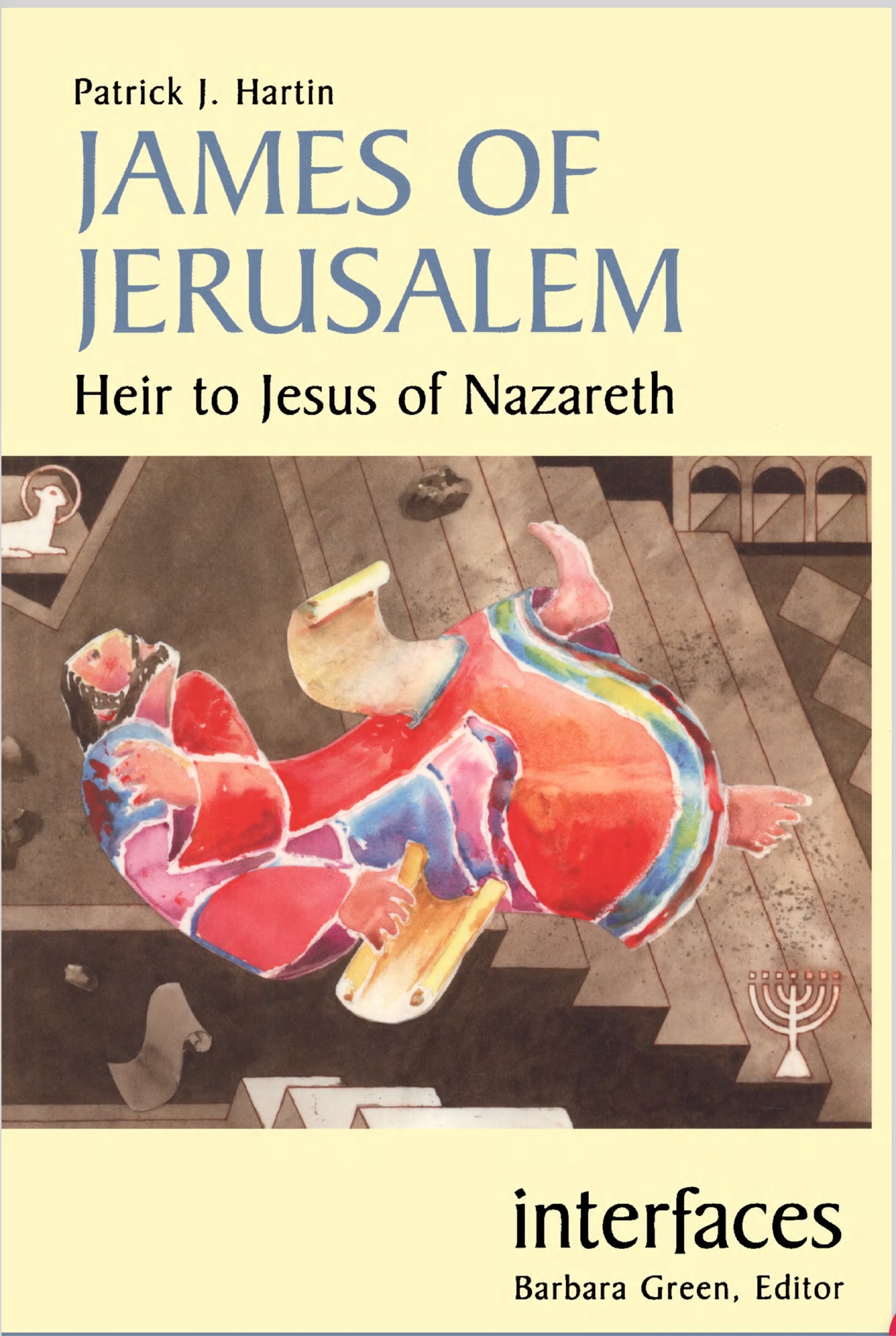JAMES OF JERUSALEM HEIR TO JESUS
The book “James of Jerusalem: Heir to Jesus of Nazareth” by Patrick J. Hartin is an in-depth scholarly exploration of James, the brother of Jesus, and his vital role in early Christianity. Here’s a summary of the main themes and structure of the book:
Overview:
Hartin presents James not just as a historical figure but as a central leader in the early Christian movement, a counterpart to more commonly emphasized figures like Peter and Paul. The study is part of the INTERFACES series, which focuses on biblical figures through interdisciplinary scholarly lenses, designed for both students and seasoned scholars.
Main Chapters:
1. Who Is James?
• Analyzes how James is presented in the gospels and how his relationship to Jesus is interpreted.
• Explores the family of Jesus and James’ place within it, challenging common misconceptions that James and Jesus’ family were hostile toward him.
2. Leader of the Jerusalem Community:
• Focuses on James’ leadership role as depicted in Acts and the letters of Paul.
• Explores the early church’s structure and the interface between James, Peter, and Paul.
3. Wisdom Teacher:
• Examines the Letter of James, positioning James as a moral and ethical teacher in the tradition of Jewish wisdom literature.
• Shows connections between his teachings and those of Jesus, particularly the Sermon on the Mount.
4. The Tradition Develops:
• Surveys non-canonical writings and later traditions, including Gnostic texts and historical sources like Josephus and Eusebius.
• Discusses the development of James’ image as “James the Just.”
5. The Legacy of James:
• Reflects on how James’ vision of a Jewish-rooted Christianity diverged from that of Paul.
• Argues that James offers a model of faith that emphasizes action, justice, and continuity with Jewish traditions.
Key Themes:
• Interfacing Traditions: The book emphasizes how James interfaces with the traditions of Judaism and the emerging Christian community.
• Text vs. History: Hartin stresses the distinction between the rhetorical function of biblical narratives and historical fact, urging critical, methodological reading.
• Restoring James’ Importance: It challenges the marginalization of James in traditional New Testament interpretation.
The author combines narrative criticism, historical-critical methods, and sociocultural insights to reconstruct James’ influence and legacy in a nuanced and compelling way.
